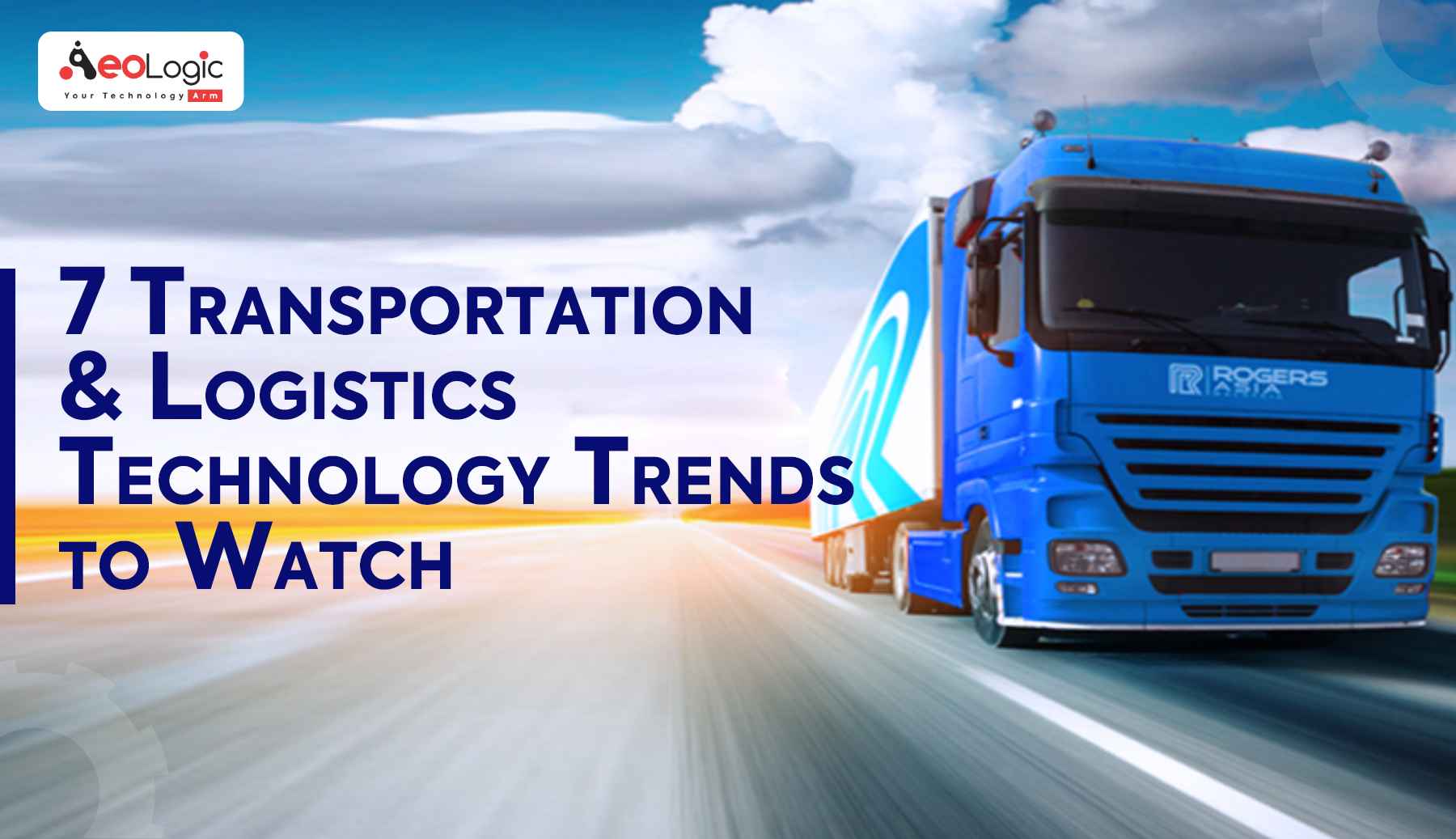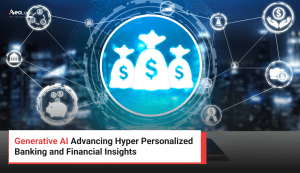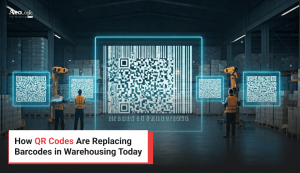We have seen tremendous growth in freight transportation as a result of continued globalism, consumerism and urbanism. Further, the transportation and logistics (TNL) industry is undergoing immense changes and disruptions, including digital transformation, new market entry, changing customer expectations and new evolving business models. As a result, tremendous investments and innovations have been considered necessary and will continue to be required, in the TNL industry.
The next decade will undoubtedly be one of the most transformative in the transportation industry’s history, but which technology or innovation will most disrupt and decarbonize the industry?
Top 7 Transportation and Logistics Technology Trends
Below mentioned points will let you know about the trends in the transportation and logistics industry –
1) – Electric vehicles will undoubtedly play a significant role, but the greatest transformation will most likely occur not in how we power our vehicles, but in how the user uses them. Recently, there has been a lot of discussion about shared business models for moving people and goods, such as transportation as a service, mobility as a service, and vehicle as a service. This is the most disruptive trend in the industry right now. Using fewer vehicles to transport more people results in a much more efficient transportation system that consumes less energy and contribute to the overall conservation of natural.
2) – The transportation and logistics industry is always on the move, and now it’s in the process of forging a new path and connectivity. The answers to the questions like how are businesses dealing with this and where this path leads are now available.
3) – The logistics of getting from point A to point B are completely changing; significantly more people and goods will need to be transported in the future, necessitating larger airports and mega freighters. However, additional capacity alone will not be enough to cover the rising demand.
4) – For companies, the answer lies in better utilization. The various means of transport must be linked and synchronized with one another to be better connected. Only in this way, it is possible for a passenger to disembark from an aeroplane and directly select the most appropriate mode of transportation for getting into the city using real-time data.
5) – Analyzing passenger numbers and travel patterns in public transport enables us to reliably predict rush hour traffic. Additional parameters such as weather data help us to identify potential disruptions earlier than usual. The same is true for transporting goods.
6) – Using the right data allows us to understand bottlenecks and plan capacities, and this is just the beginning.
7) – Drones that deliver packages to hard-to-reach locations or spare parts that don’t need to be shipped because they can be produced on-site with the 3D printer.
Conclusion
In other words, the transportation and logistics industry will undergo a fundamental change. The industry has numerous opportunities, challenges, and questions, and the biggest one of all’s how can you deal with them?
Contact us at support@aeologic.com and let us shape the future together reliably, affordably, and with quality efficiency.

Manoj Kumar is a seasoned Digital Marketing Manager and passionate Tech Blogger with deep expertise in SEO, AI trends, and emerging digital technologies. He writes about innovative solutions that drive growth and transformation across industry.
Featured on – YOURSTORY | TECHSLING | ELEARNINGINDUSTRY | DATASCIENCECENTRAL | TIMESOFINDIA | MEDIUM | DATAFLOQ









